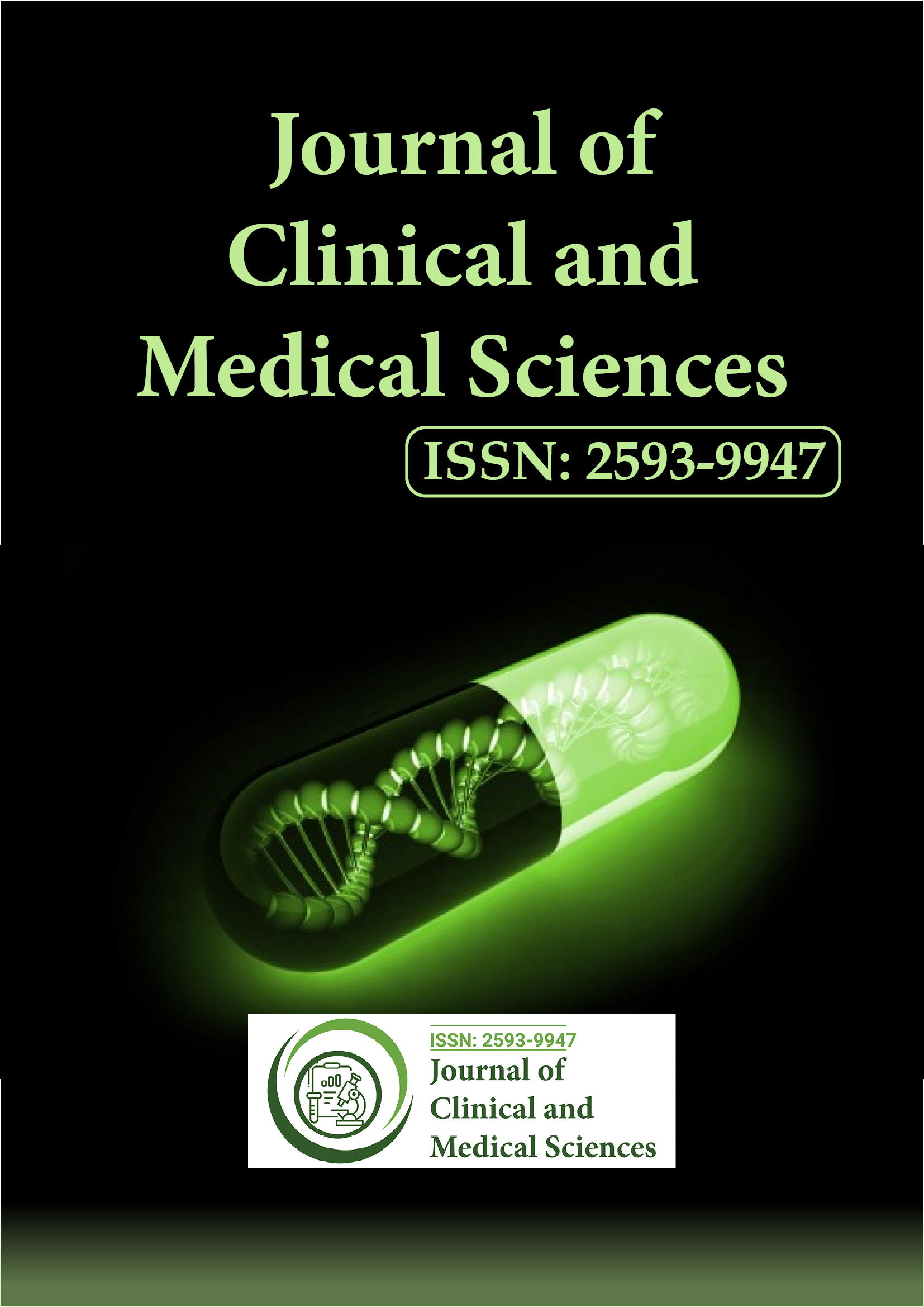Indexed In
- Euro Pub
- Google Scholar
Useful Links
Share This Page
Journal Flyer

Open Access Journals
- Agri and Aquaculture
- Biochemistry
- Bioinformatics & Systems Biology
- Business & Management
- Chemistry
- Clinical Sciences
- Engineering
- Food & Nutrition
- General Science
- Genetics & Molecular Biology
- Immunology & Microbiology
- Medical Sciences
- Neuroscience & Psychology
- Nursing & Health Care
- Pharmaceutical Sciences
Perspective - (2025) Volume 9, Issue 2
The Future of Mental Health Care: Integrating Technology and Human Connection
Sophia Reynolds*Received: 30-Apr-2025, Manuscript No. JCMS-25-29534; Editor assigned: 02-May-2025, Pre QC No. JCMS-25-29534 (PQ); Reviewed: 16-May-2025, QC No. JCMS-25-29534; Revised: 23-May-2025, Manuscript No. JCMS-25-29534 (R); Published: 30-May-2025, DOI: 10.35248/2593-9947.24.9.318
Discription
Mental health has increasingly become a central focus of global health discussions, as the burden of psychiatric disorders continues to rise across both developed and developing nations. Depression, anxiety disorders, bipolar disorder, schizophrenia, and other mental illnesses affect millions of people worldwide, with significant consequences for individuals, families, and societies. Despite decades of research and the development of effective therapeutic modalities, mental health care systems remain fragmented, underfunded, and insufficiently integrated into mainstream healthcare. The future of psychiatry and mental health care will depend on a delicate balance between technological innovation and the preservation of human connection, both of which are essential for effective and compassionate treatment.
The global rise in mental health disorders is driven by numerous factors. Urbanization, economic stress, social isolation, substance abuse, and the increasing pressures of modern life all contribute to mental illness. The COVID-19 pandemic further exposed vulnerabilities in mental health systems, as rates of anxiety, depression, and post-traumatic stress disorder surged worldwide. While awareness has grown and stigma has slowly diminished, access to mental health care remains a challenge, especially in low-resource settings. Even in high-income countries, shortages of mental health professionals and the high cost of therapy leave many patients untreated. This gap in care demands innovative solutions that go beyond traditional models of therapy.
Technology has emerged as a powerful tool in addressing these gaps. Digital platforms offering telepsychiatry and online therapy sessions have expanded access, particularly in rural or underserved areas. Patients who once faced logistical or financial barriers can now connect with therapists via video calls, chat services, or specialized apps. During the pandemic, these platforms became indispensable, and their continued use suggests that they will remain a permanent component of mental health care. Telemedicine not only enhances accessibility but also reduces stigma, as individuals can seek help privately from their homes.
Mobile applications designed for mental health management are proliferating. These apps provide features such as mood tracking, guided meditation, cognitive behavioral therapy exercises, and crisis support. While not a substitute for professional care, they empower individuals to engage actively in self-care and monitor their mental well-being on a daily basis. Artificial intelligence further extends these possibilities and is capable of offering immediate, though limited, support to individuals experiencing distress. These tools can act as bridges, guiding patients toward professional help when needed.
Nevertheless, technology cannot entirely replace the human dimension of psychiatry. Empathy, understanding, and therapeutic relationships are cornerstones of mental health treatment; no machine can replicate the nuanced interaction between patient and therapist. Overreliance on digital tools risks depersonalizing care, reducing patients to data points rather than individuals with unique experiences and needs. The future of mental health care must therefore involve careful integration of technology into existing frameworks, ensuring that digital innovations enhance rather than diminish human connection.
Pharmacological advances continue to play an important role in psychiatry. While antidepressants, mood stabilizers, and antipsychotics remain mainstays of treatment, research into novel agents is ongoing. Psychedelic-assisted therapies, once dismissed, are now experiencing a resurgence of interest. Substances such as psilocybin and ketamine, when administered under controlled conditions, show promise in treating treatment-resistant depression and post-traumatic stress disorder. These breakthroughs highlight the importance of remaining open to unconventional approaches, provided they are supported by rigorous evidence and appropriate safeguards.
The integration of mental health into primary care represents another critical frontier. Too often, psychiatric care exists in isolation from other medical disciplines, leading to fragmented treatment and overlooked comorbidities. By embedding mental health services within general healthcare, patients can receive holistic care that addresses both physical and psychological needs. Primary care physicians trained in basic mental health screening and intervention can serve as the first line of defense, identifying issues early and referring patients to specialized care when necessary.
Public health strategies will also play a pivotal role in shaping the future of mental health care. Efforts to reduce stigma, promote resilience, and enhance community support structures are essential. Schools, workplaces, and community organizations must be engaged in creating supportive environments where mental health is prioritized alongside physical health. Preventive strategies that emphasize social connection, stress management, and healthy lifestyles can reduce the onset of mental illness and improve population well-being.
Citation: Reynolds S (2025). The Future of Mental Health Care: Integrating Technology and Human Connection. J Clin Med Sci. 9:318.
Copyright: © 2025 Reynolds S. This is an open access article distributed under the terms of the Creative Commons Attribution License, which permits unrestricted use, distribution, reproduction in any medium, provided the original author and source are credited
